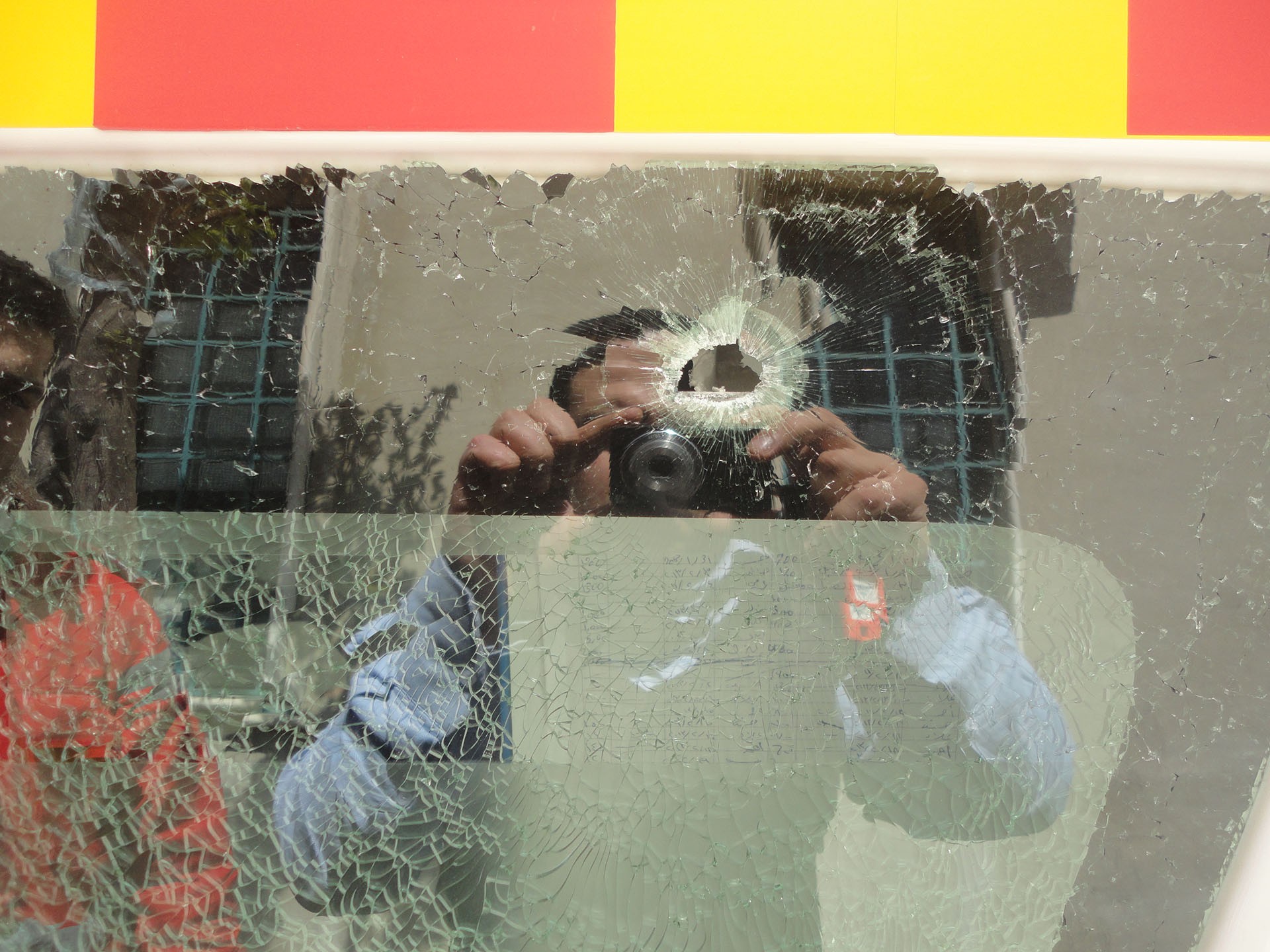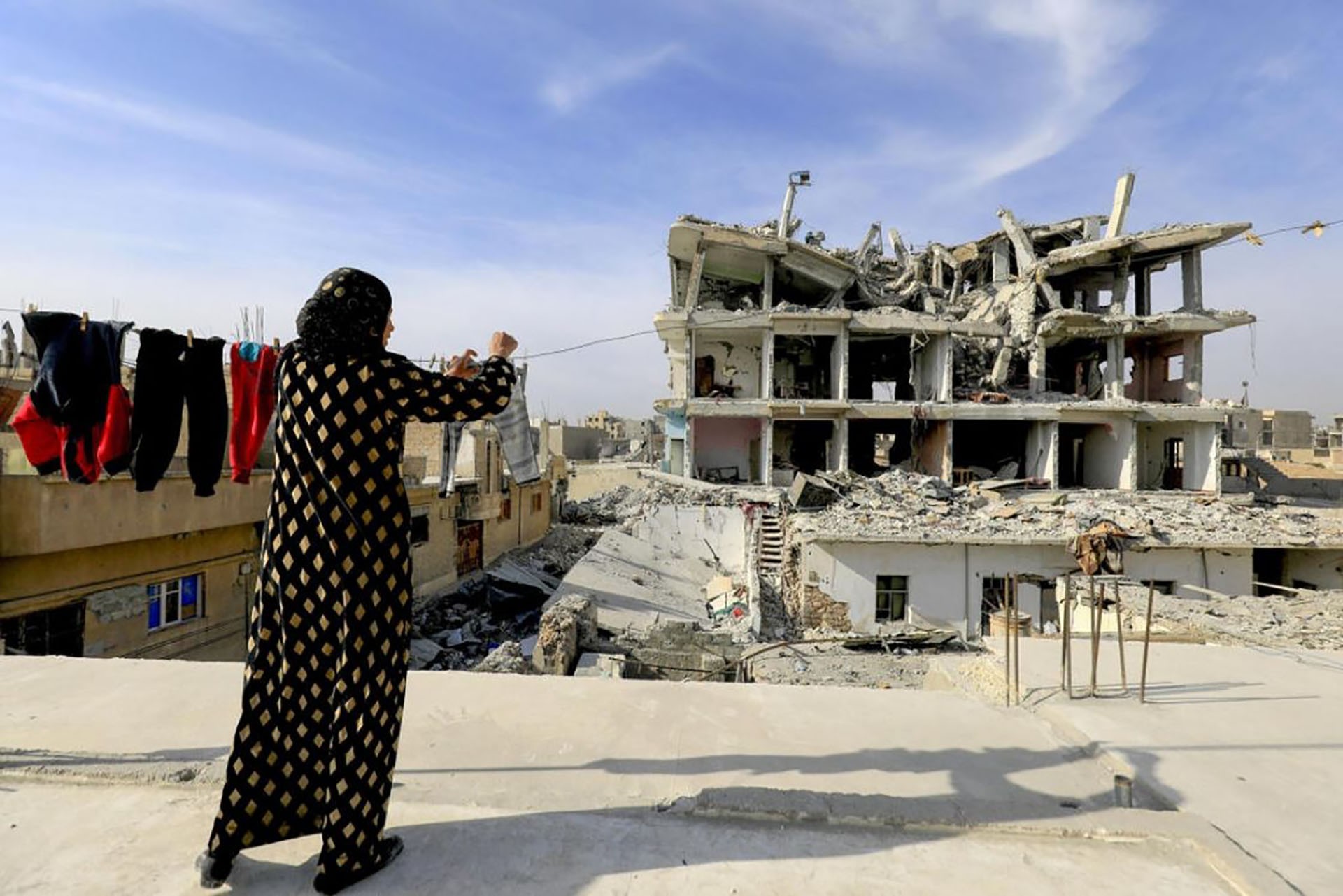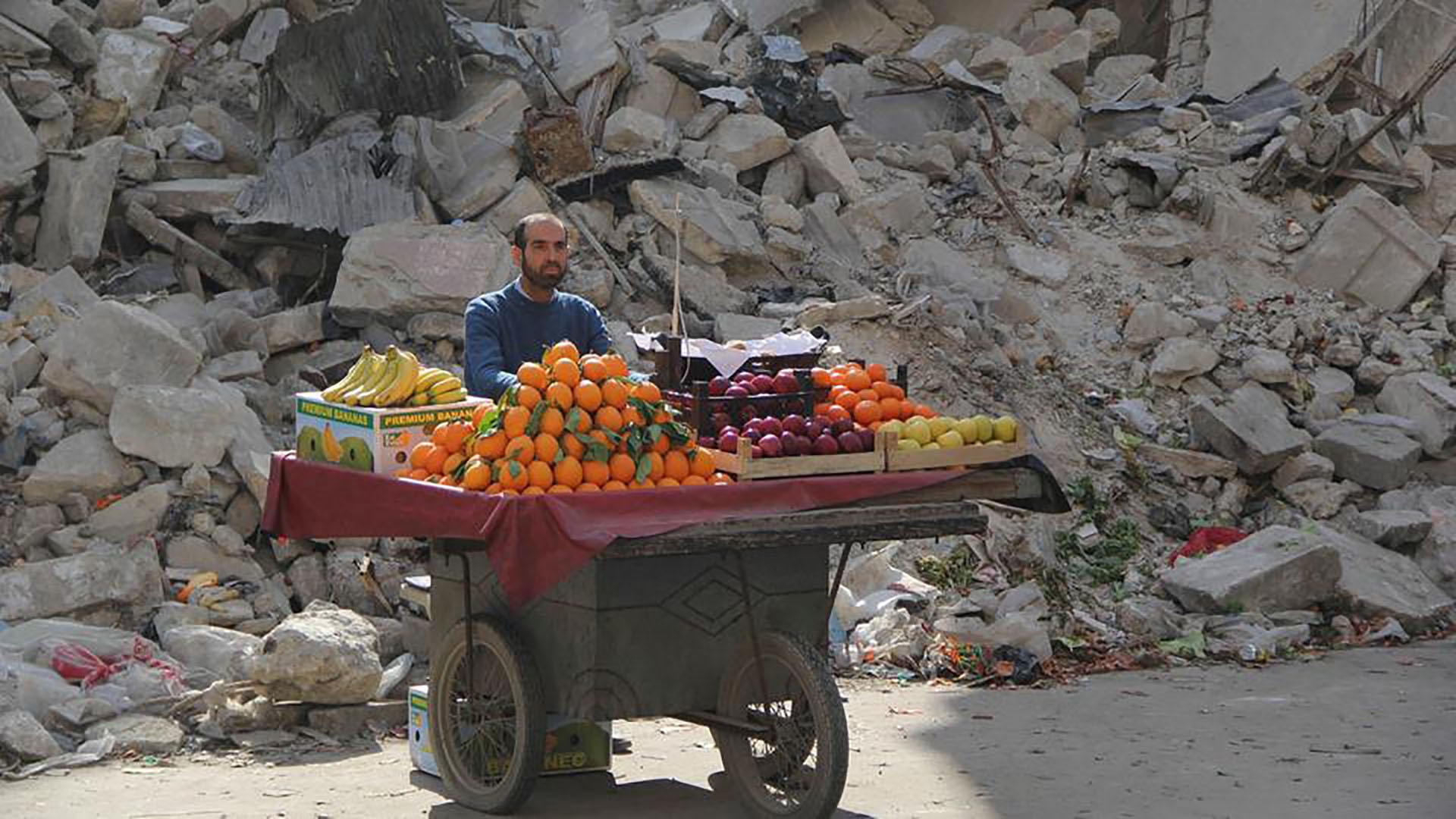From November 28 to December 4, Concordia’s Curating and Public Scholarship Lab (CaPSL), hosts (Re)Viewing the Syrian War, an exhibition that examines Western misconceptions about the Syrian civil war, with a focus on life before the war, the complexity of the conflict, and the experiences of Syrian citizens, as well as the war’s ‘false end.’
At the heart of this exhibition is one Syrian’s experiences, both as a refugee and humanitarian aid worker in Syria, and, now, adjusting to life in Canada.
Along the way, Abood Hamad learned that North American media coverage of the war didn’t always give a full and accurate depiction of the reality on the ground, something he says has led to distorted perceptions of the war, and of Syrians.
We caught up with Hamad in advance of the exhibition’s opening.
Tell us about your involvement with this project.
AH: I am a former member of the Syrian Arab Red Crescent who arrived in Montreal from Syria in 2017. After applying to a call for exhibition proposals a year ago, I am now working at the Curating and Public Scholarship Lab as one of two curatorial residents as part of their 2019 Curatorial Residency Program. As part of the residency project, I have worked as a curator in collaboration with the Beyond Museum Walls research group in order to develop and organize this project.



